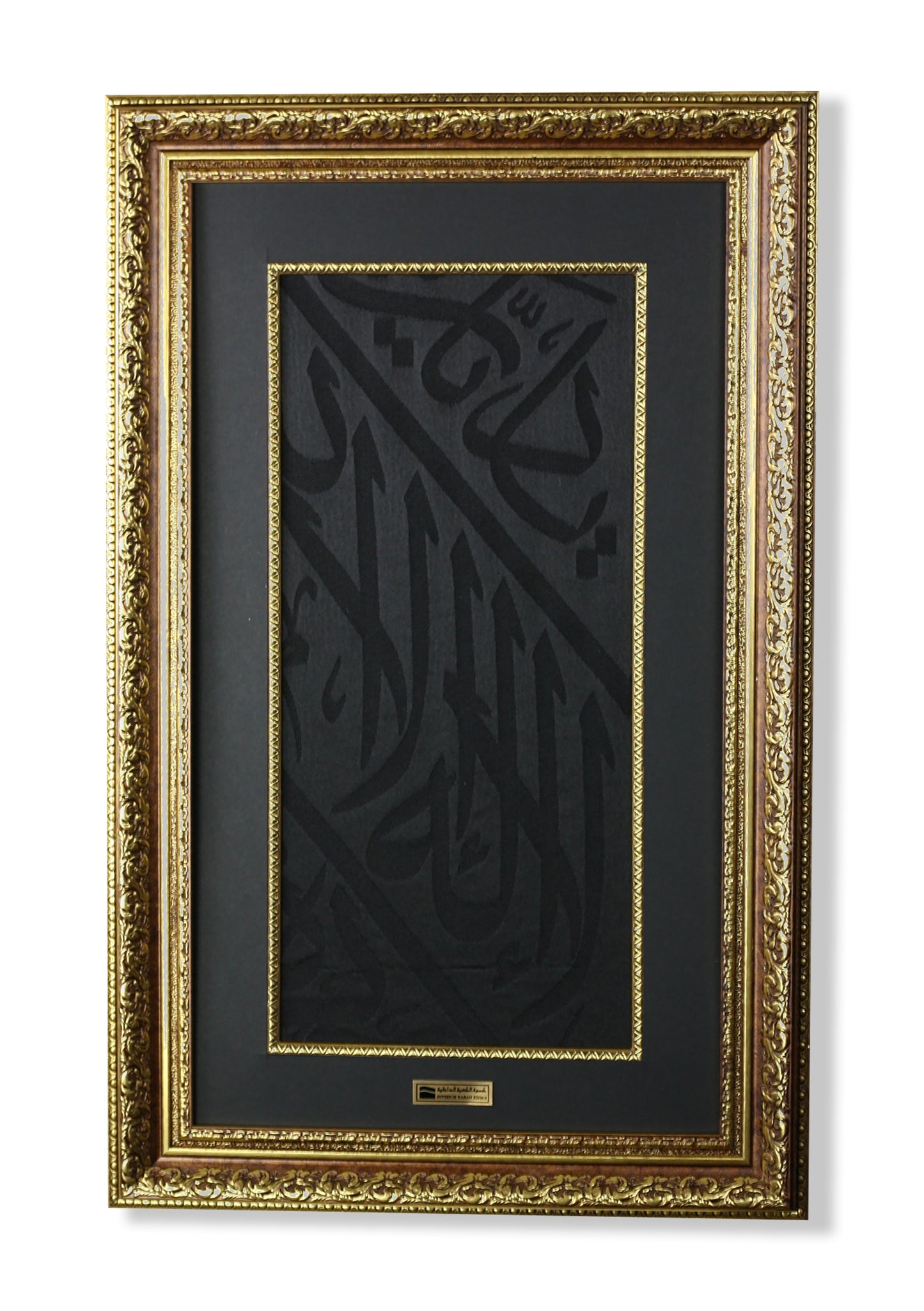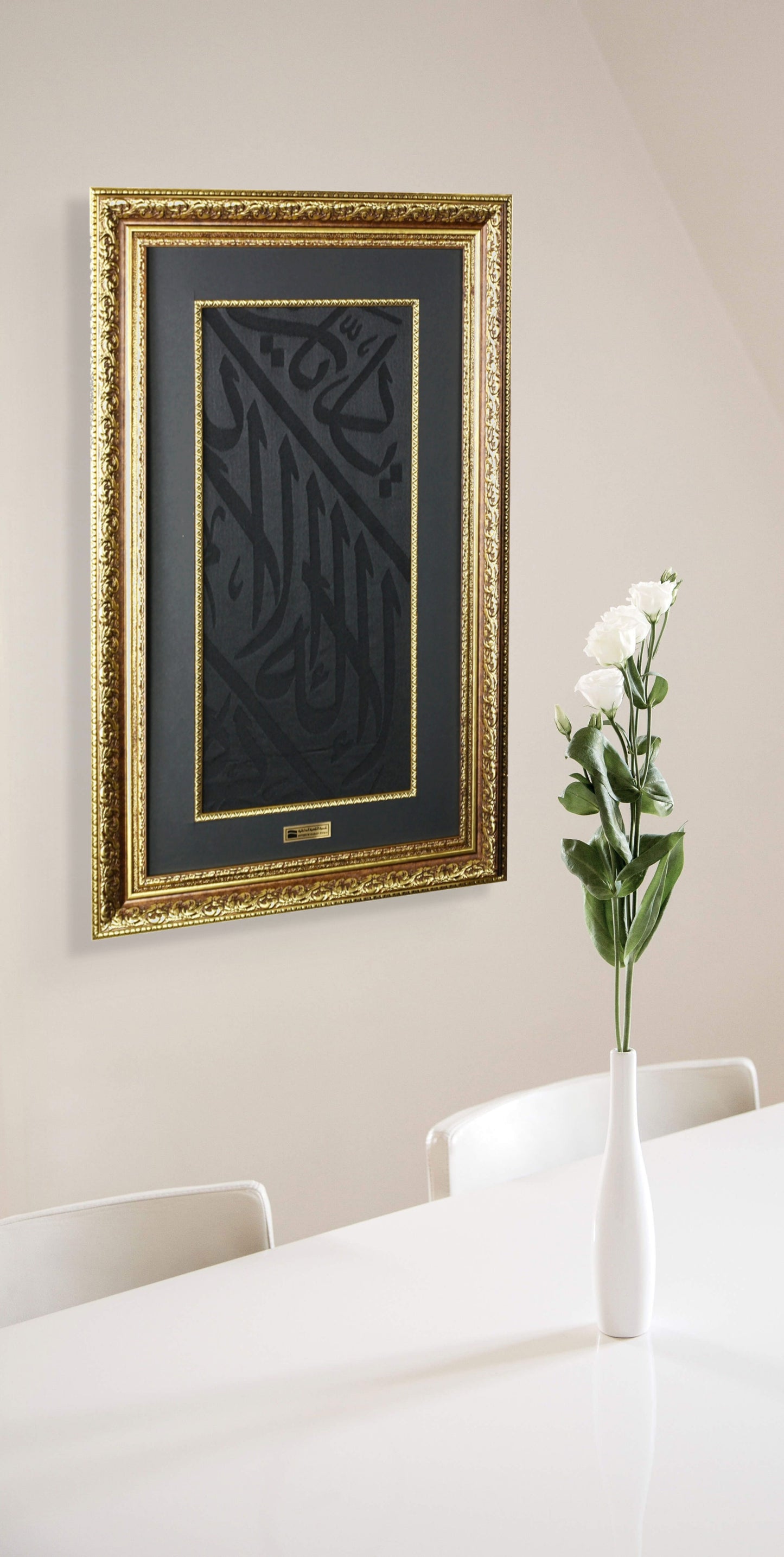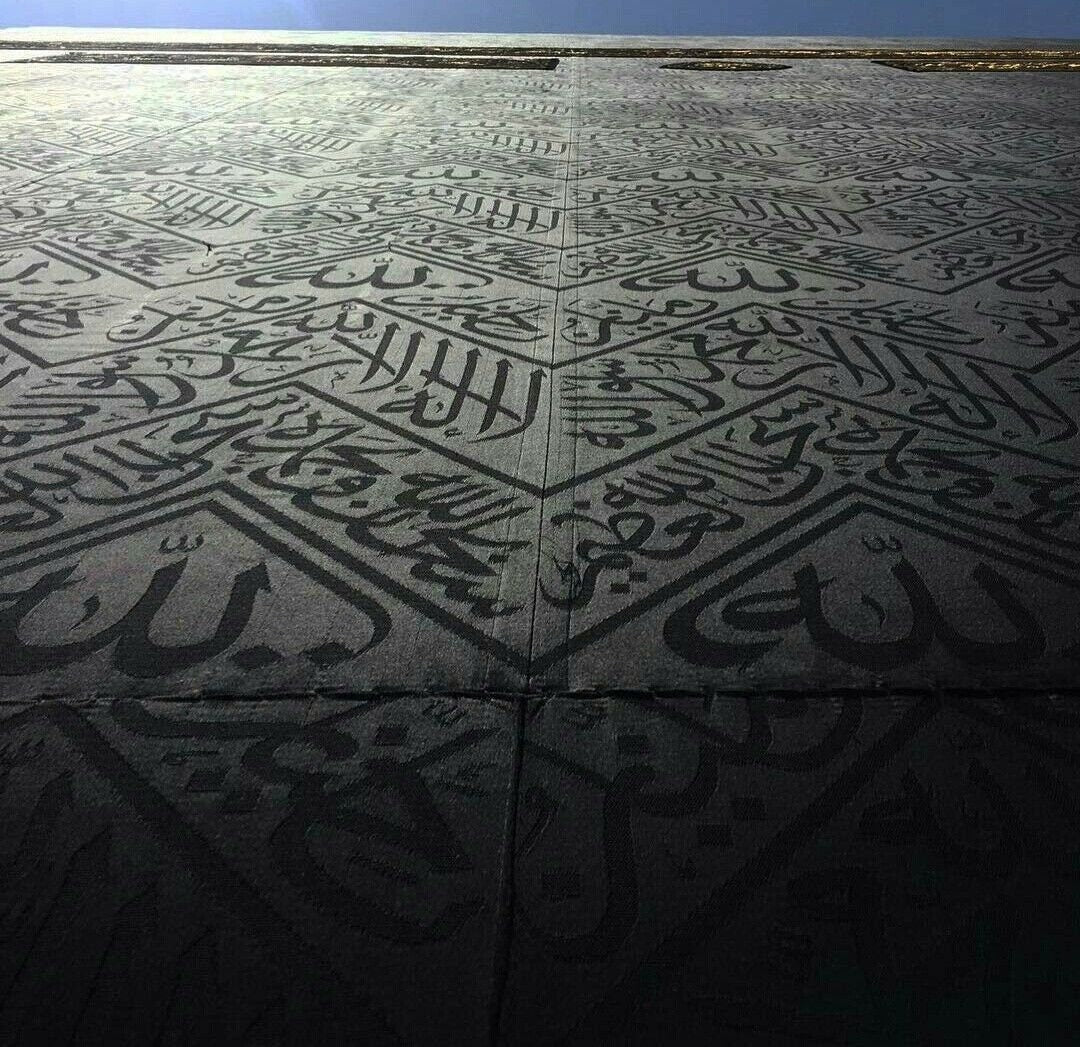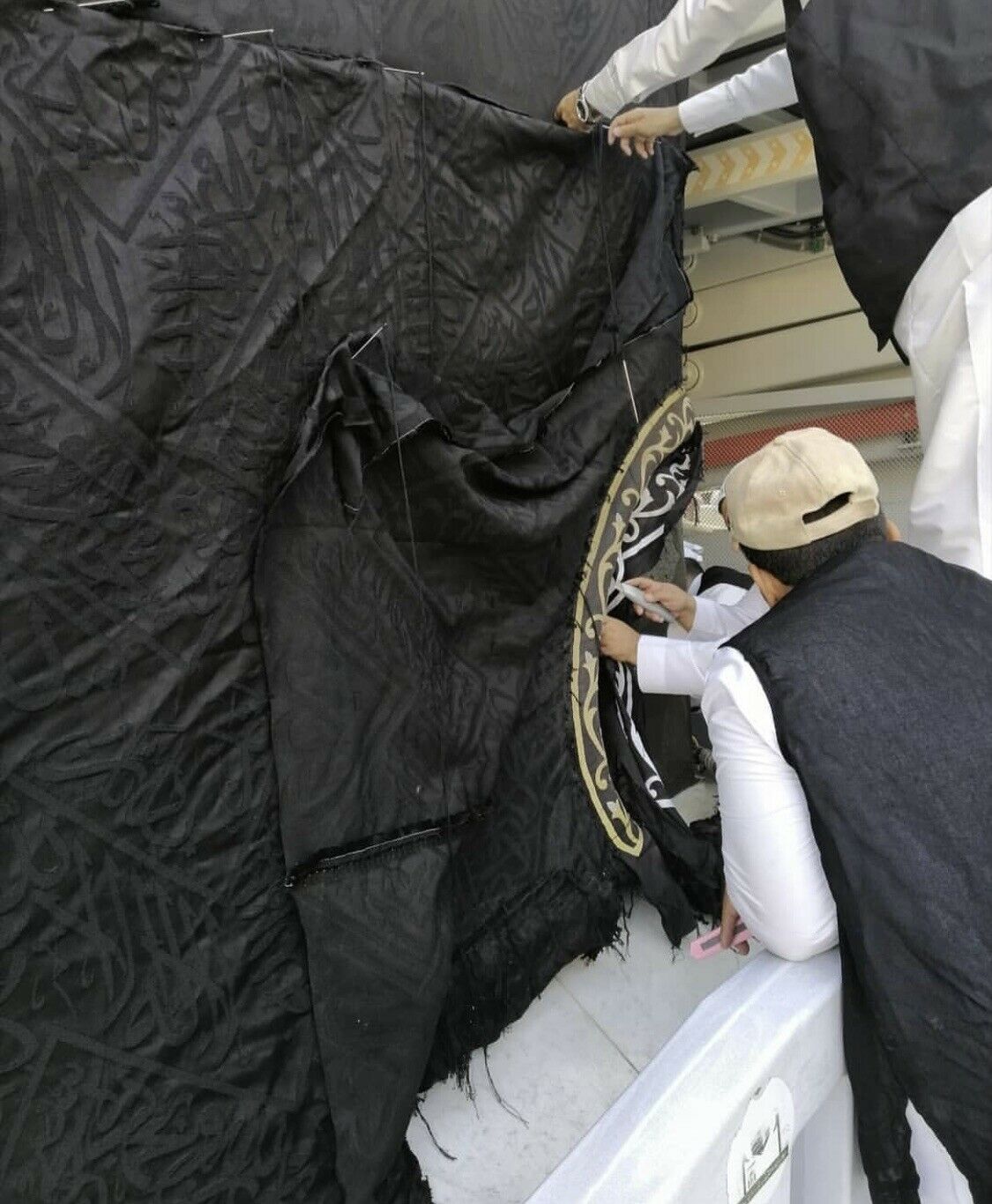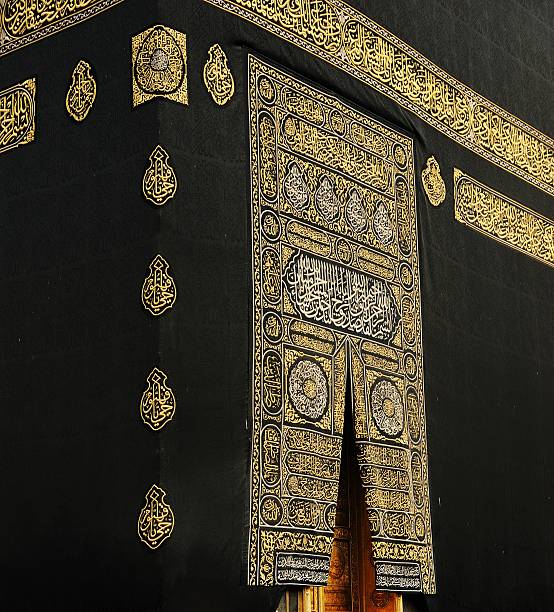1
/
of
8
IslamicOttomanRelics
Certified Authentic Kaaba Kiswa Fragment in Ornate Gold Frame
Certified Authentic Kaaba Kiswa Fragment in Ornate Gold Frame
Regular price
$450.00 USD
Regular price
Sale price
$450.00 USD
Unit price
/
per
